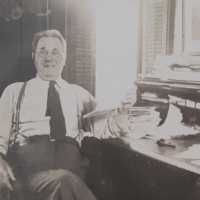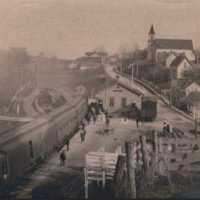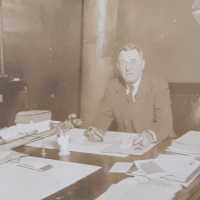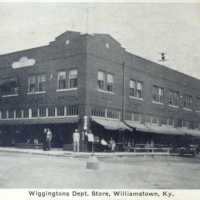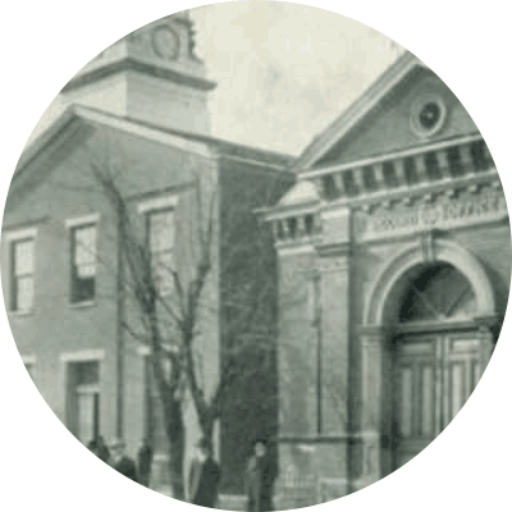Grant County
Historical SocietyDedicated to preserving and sharing the history of Grant County.
Our Rich
History
Pursuant to an act of the Kentucky General Assembly, the first Justices of the Peace of the newly formed County of Grant met on Monday, April the 10th, 1820.
These Gentleman Justices, Jediah Ashcraft, William Layton, Samuel Simpson, Nathaniel Henderson, John Sipple, William Woodyard, and Benjamin McFarland, produced their commissions, swore the oaths of office, and the first court of Grant County was formed. They appointed a Court Clerk, County Sheriff, 4 Constables, and 2 Surveyors. The County was split into four Constable Precincts, tavern licenses were given, and tavern rates were set.
Even though the bulk of Grant County’s economy was supported by agriculture, mid-20th century Grant Countians saw the fruits of their forefather’s labor and could boast of beautiful buildings, an opera house, retail stores, extravagant hotels & taverns, and other thriving businesses. Furthermore, the construction of I-75 further aided in this image.
-Samuel Simpson, From the Minutes of the County’s first Court Meeting.
Construction of I-75
Once Interstate 75 was constructed, a family living in Grant County could drive to Cincinnati or Lexington within an hour. Furthermore, if one person in a house hold worked in Lexington, and one person worked in Cincinnati, Grant County was now the only viable option to live. Seeing this, many people began to move to Grant County in a manner that it had never seen before. By the 1990s, Grant County had come to be known as a “bedroom community,” because so many families took advantage of the point between two large cities. Since 1990, Grant County’s population had grown by 58%, and was the 9th fastest growing city in the state by the early 2000s. By the 2010 Census, Grant County was home to more than 26,000 residents, and houses and residential neighborhoods continue to be developed.
